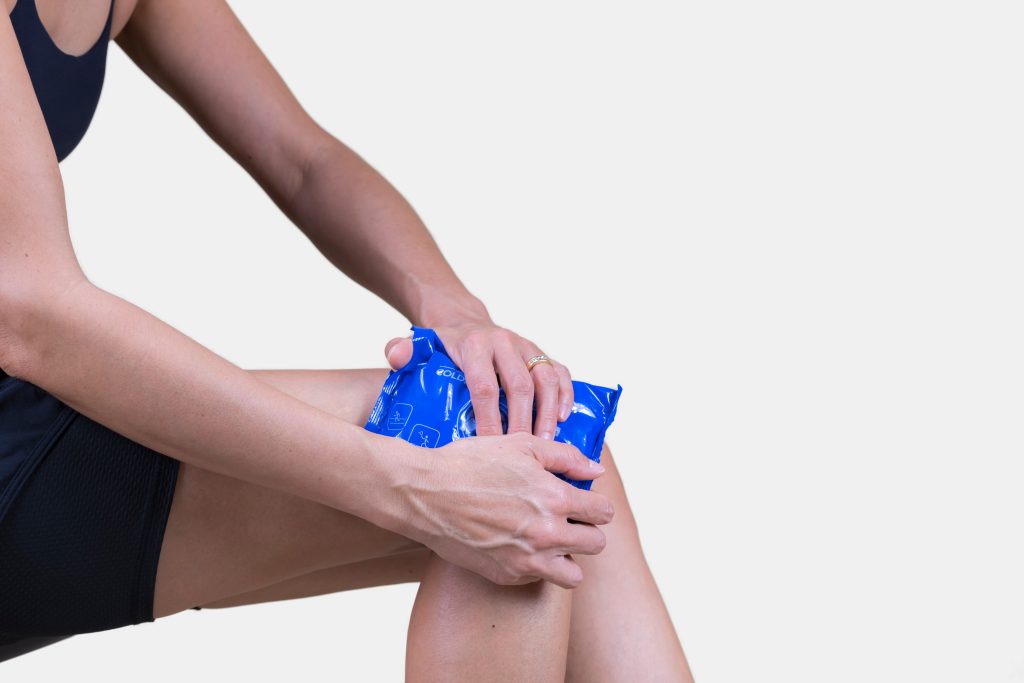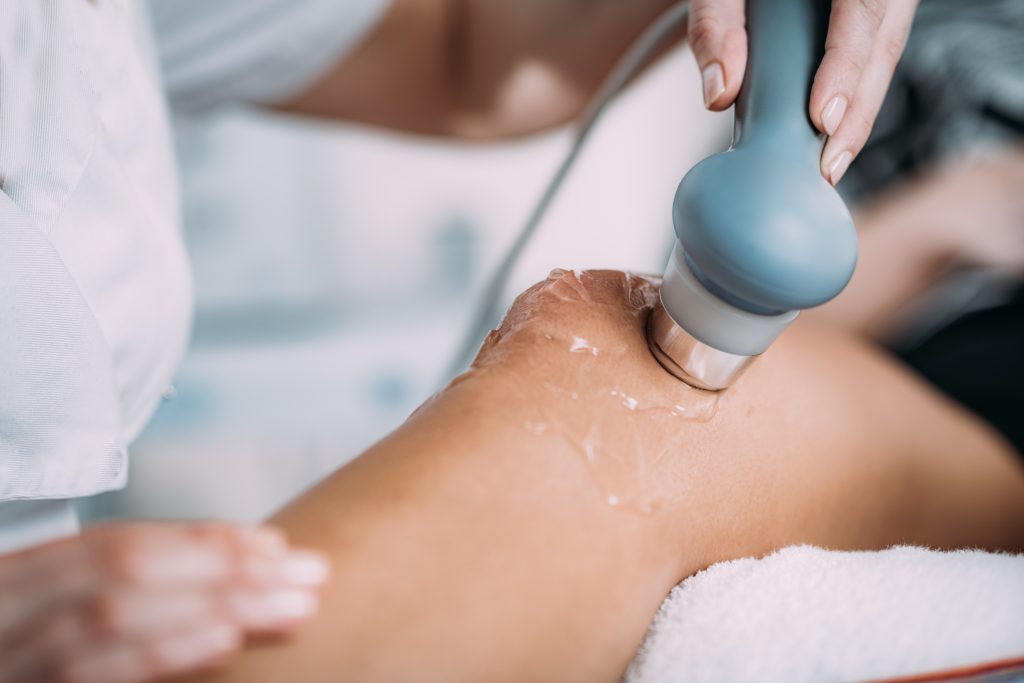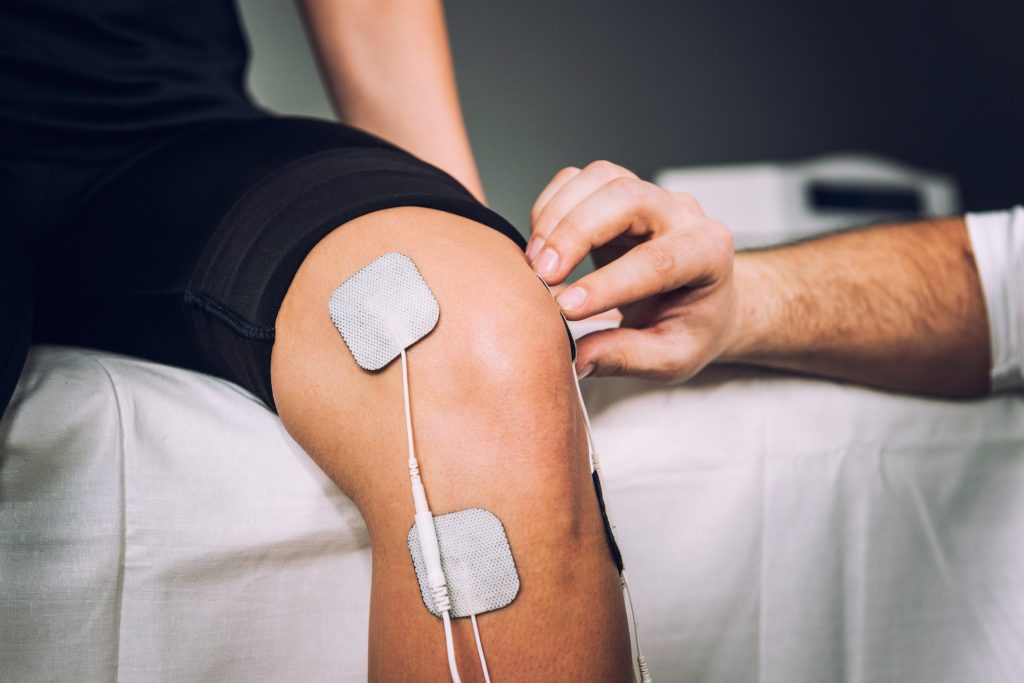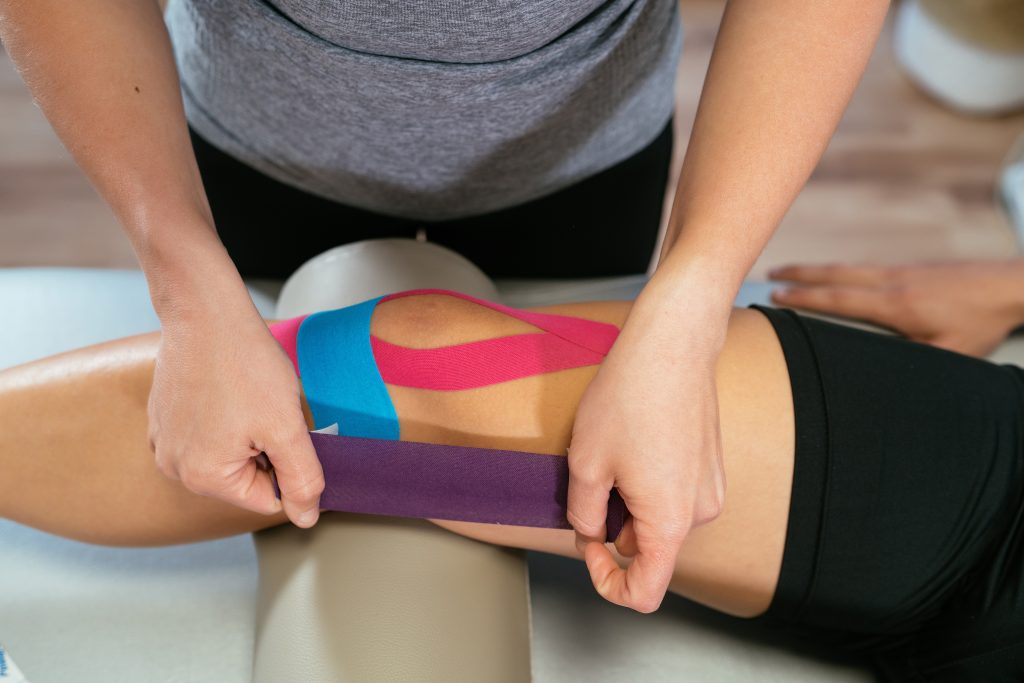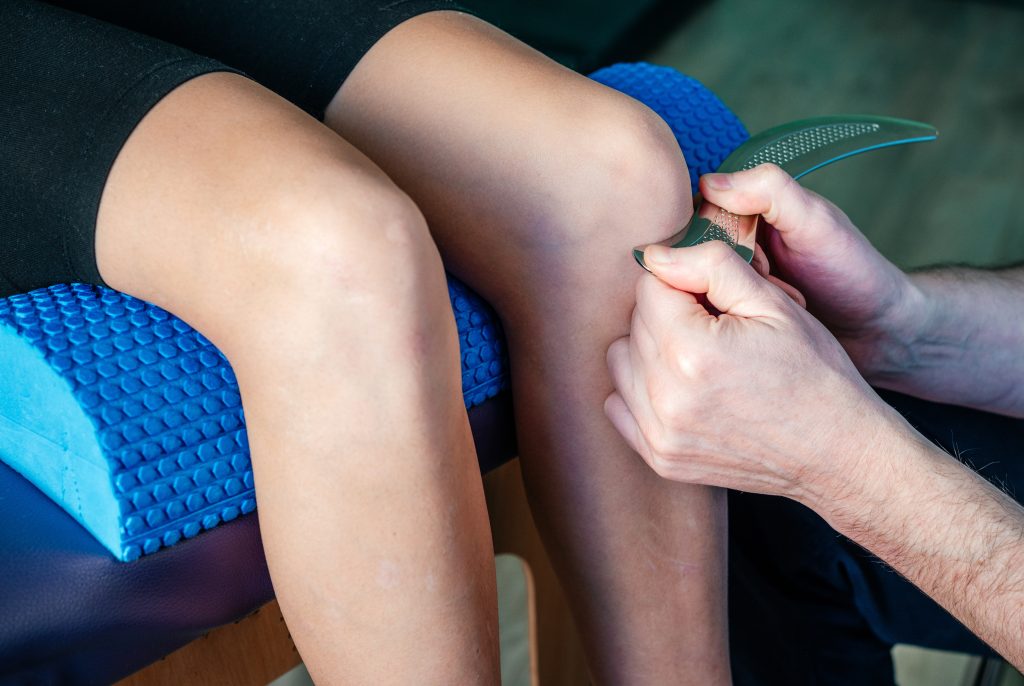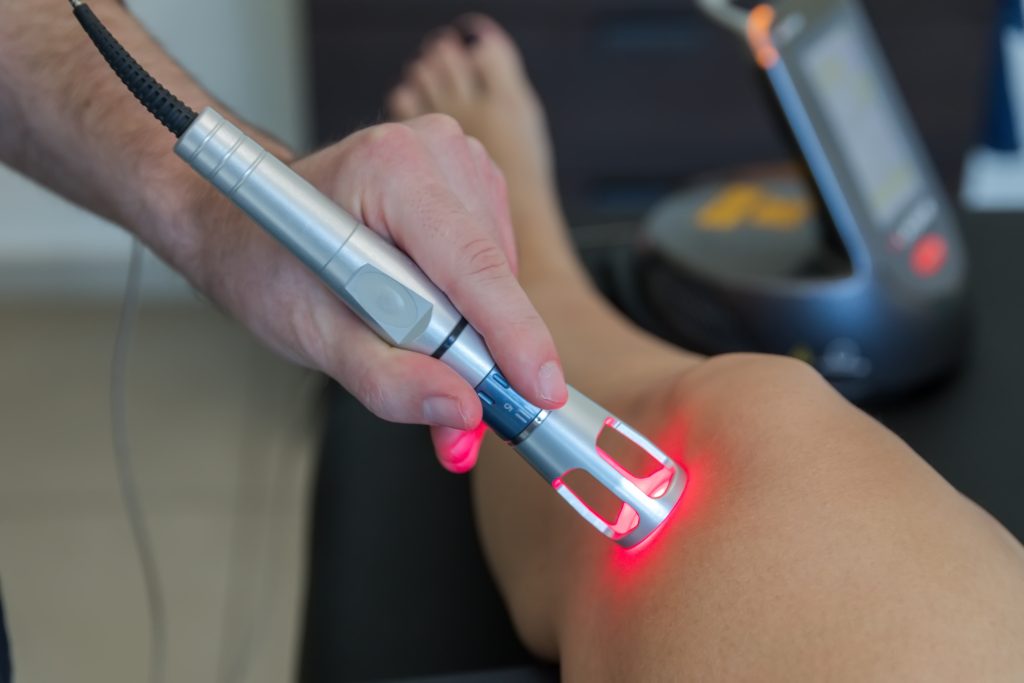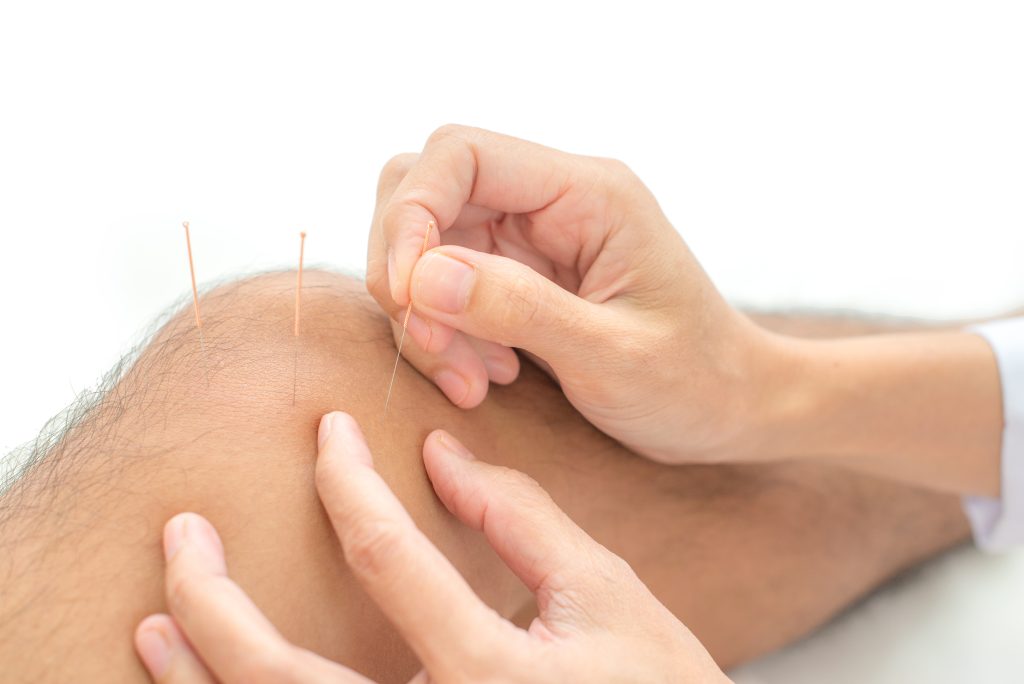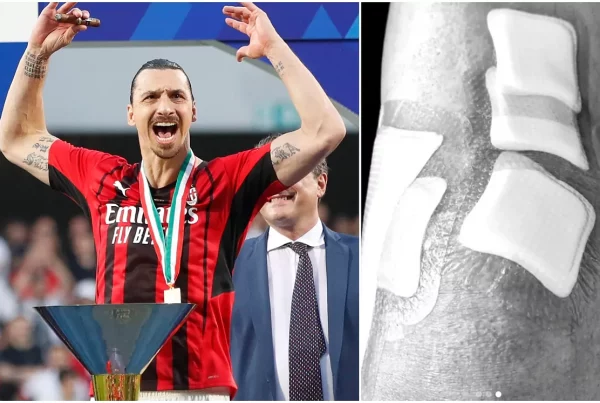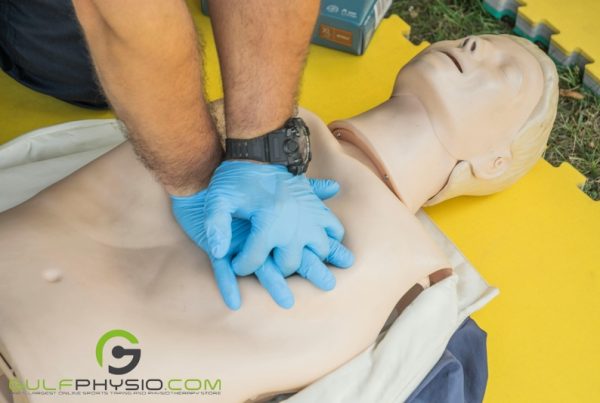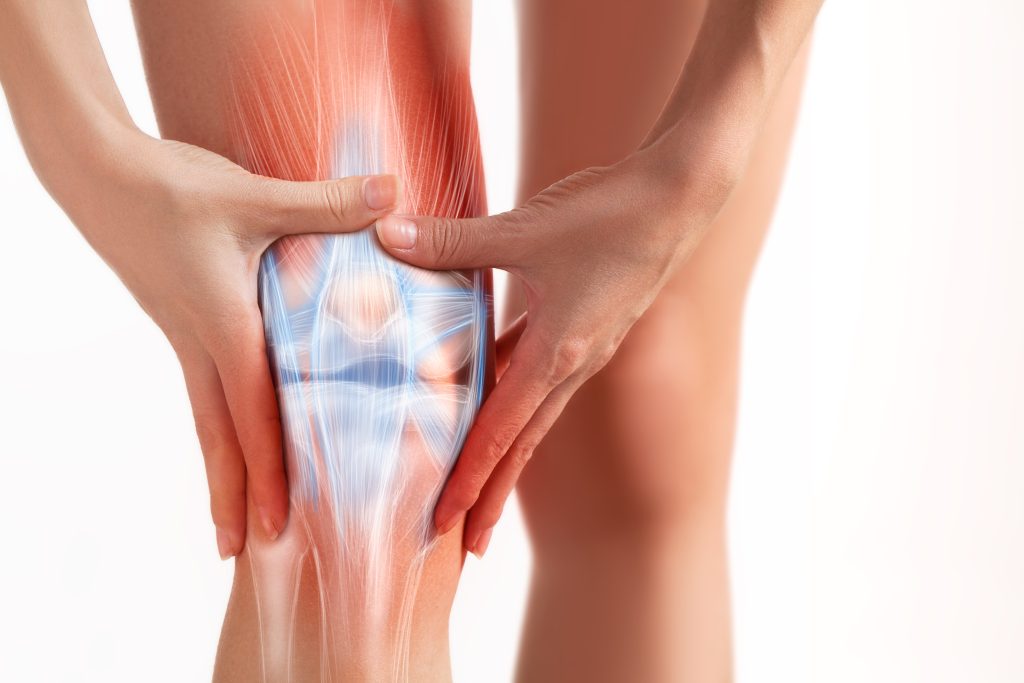
A variety of factors can cause knee pain, which is a common problem. This article will discuss the causes of knee pain and other symptoms that may state a need to see a doctor. We will also discuss the anatomy of the knee and knee treatment options.
For people with knee pain, the information can be overwhelming. Read on for basic facts about knee pain.
What is knee pain?
Knee pain can refer to various medical conditions, including injuries and inflammation in any part of the knee. It can be acute (short-term) or chronic (long-term). Acute knee pain is often the result of a sudden injury, such as twisting your knee or falling onto it. In some cases, the condition may last for a few days or even weeks before it heals entirely. Chronic knee pain can last for months or even years.
This pain is usually felt in your knee’s front, back, or inside of the knee. You may also feel it around your kneecap or below it. There can be mild to severe pain, often described as aching, throbbing, or feeling sore. It hurts to sit for long periods or walking upstairs for some people.
Most people with knee pain are between 40 and 60 years old, but people as young as 30 can develop it. Anybody can develop knee pain, but some groups of people are more likely than others to experience it. This condition is common in people who play sports that involve running and jumping, such as basketball and soccer. People with jobs requiring them to stand all day also have a higher risk of knee pain.
Anatomy of the knee
The knee is a complicated joint that allows us to move in many different directions. The bones, cartilage, and ligaments form the framework that provides the stability while we move.
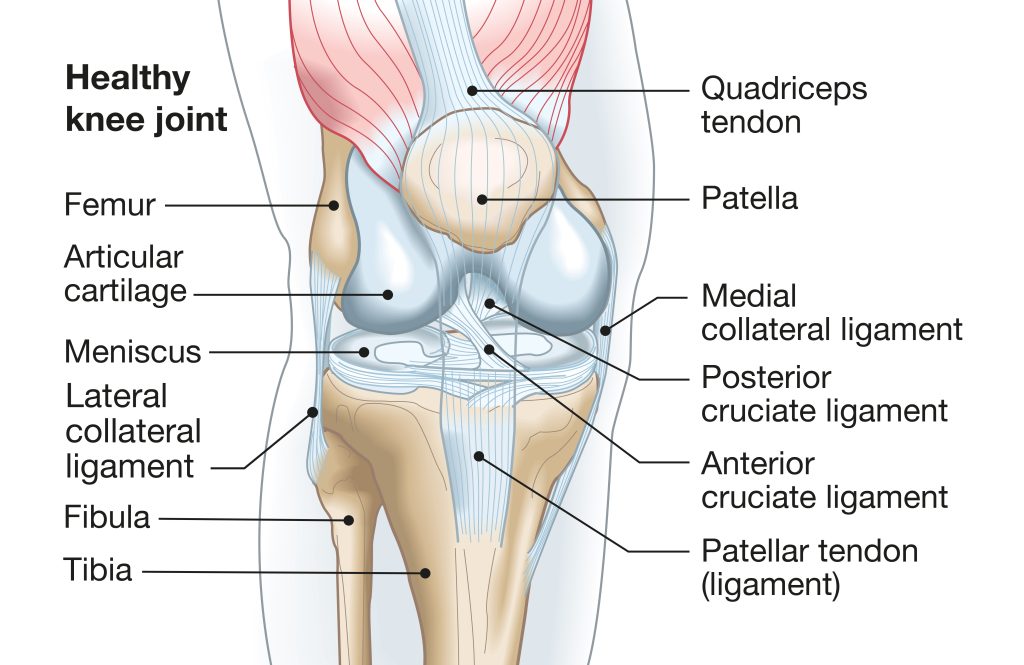
- The patella is a small triangular piece of bone that covers the front of your knee joint and protects it from injury. The patella (kneecap) rests on top of the femur. It moves up and down when you bend or straighten your leg.
- Ligaments hold the bones together in place while allowing movement at the knee joint. Three ligaments support the knee:
- It is held in place by a thick band of tissue called patellar tendon, which attaches to the front of your tibia bone.
- Your quadriceps tendon connects your thigh muscles to the top of your shin bone.
- The quadriceps are on the front of your thigh and extend down to join your patella. This muscle is responsible for straightening your leg at the knee joint.
- The femur (thigh bone) connects to the tibia (shin bone), which is attached to the fibula.
Causes of knee pain
Along with knee pain, many other things can cause it, including:
- Injury or trauma to the knee joint.
- Arthritis is when the cartilage that cushions your bones wears down over time.
- Osteoarthritis (OA) is a form of arthritis that affects the joints in your body.
- Tendinitis: This condition causes inflammation of the tendons that connect muscles to the bones.
- Meniscus tears are tears in the cartilage between your thigh bone and shin bone.
- Bursitis affects the fluid-filled sacs in your knees that help stabilize your bones when you move.
- A bone disease called osteoporosis leads to bones becoming brittle and weak.
- Gout is a form of arthritis caused by crystals in the joints.
- Aging and wear-and-tear of your joints can also cause knee pain.
- Bending your knee too far (or not enough) when you bend or straighten it.
- Running, jumping, and squatting improperly.
- Obesity (being overweight) affects how much pressure is put on your knees during exercise.
- Inadequate warm-up before exercising.
Signs and symptoms
Here are some knee pain symptoms to look out for:
- The most common sign of knee pain is a dull ache that worsens when you stand for long periods after sitting or lying down.
- Knee swelling and stiffness are also possible.
- You may feel pain with specific movements, such as walking or squatting down.
- It is possible that you may notice that your knee is tender to touch. Or painful when you press on it with your finger.
- An unstable or weak feeling in your knee.
- Numbness in the lower leg (peripheral neuropathy).
- Weakness in one or both legs (paraplegia).
- During the night, you may feel pain as you lie down, especially if you’re overweight.
- If your symptoms are severe, it may affect your ability to walk without limping or putting weight on the affected leg. Other signs of knee pain include pain when walking up or down the stairs.
How to diagnose knee pain
When you experience persistent knee pain, you should go to your doctor. They will ask you about your pain, ask how it feels, how often it happens, and where it hurts. They might also ask if anything makes it better or worse.
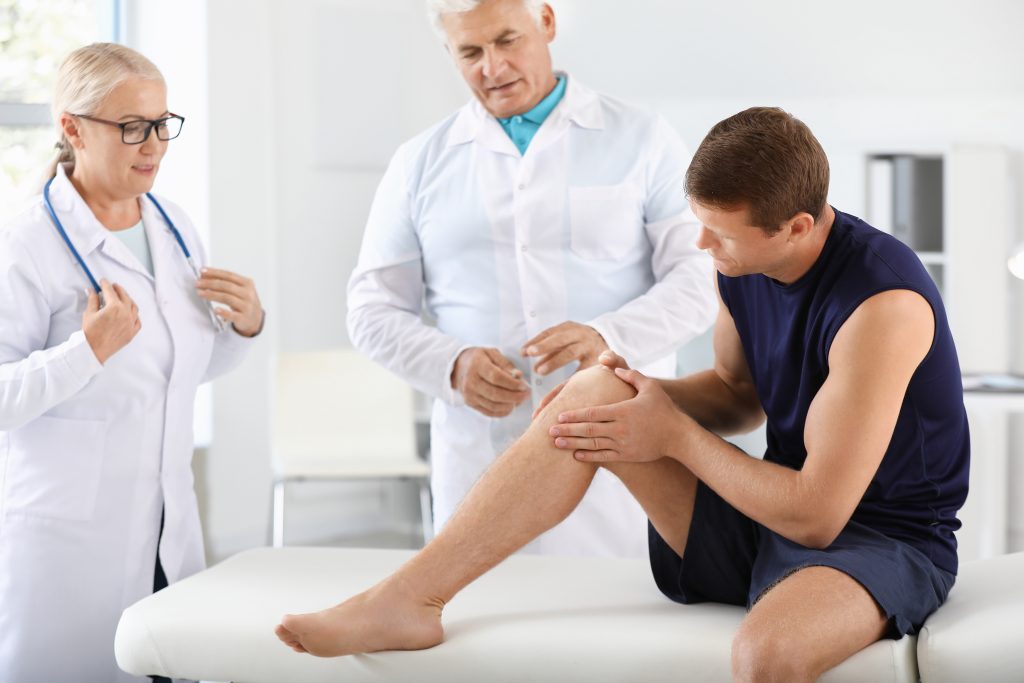
Your doctor will look at your knee to see if there are problems with how your knee moves. They might also ask for an x-ray of your knee to look for signs of arthritis or broken bones in the joint.
Suppose you do not have any injuries or problems with how your knees move. However, the pain is still there. Then they might recommend that you take anti-inflammatory medications such as ibuprofen or naproxen sodium (Aleve).
Suppose these medicines do not work after a few days, they may recommend physical therapy exercises that can help strengthen your leg muscles and improve their function.
Sometimes doctors inject corticosteroids into the painful area to help relive swelling and reduce pain.
Treating knee pain
Physical therapy
Physical therapy aims to reduce pain and improve mobility. Upon evaluating your condition, a physical therapist will determine a treatment plan designed specifically for your needs.
- Heat and ice: Heat is applied before, during, and after physical therapy to help reduce inflammation in your knee and increase blood flow. You can use ice 15-20 minutes after heat to help reduce pain and swelling. (Figure 1)
- Ultrasound: Sound waves penetrate deep into your tissues, increasing blood flow and reducing pain. (Figure 2)
- Electrical stimulation: Electrical stimulation uses a small electrical current to stimulate nerves in your muscles, making them contract and relax more easily. (Figure 3)
- Kinesiology tape: Applies a gentle pressure on the skin to provide support. (Figure 4)
- Graston technique: Uses massage and manual manipulation techniques to reduce pain and swelling. Know more about this technique by clicking here. (Figure 5)
- Laser therapy is a safe, non-invasive method of treating knee pain. It uses low-level laser technology to help reduce inflammation and improve joint function. Laser light penetrates deep into tissues, stimulating them to heal themselves. (Figure 6)
- When knee pain is due to an injury or arthritis, dry needling can help relieve your symptoms. The process of dry needling involves inserting thin acupuncture needles into specific areas of your body to stimulate healing and reduce inflammation. (Figure 7)
If you have knee pain, your doctor might recommend managing your weight through diet and exercise. Physical therapy exercises for knee pain usually involves stretching, strengthening, and conditioning.
Surgery
Several things can cause knee pain, but you should consider surgery as a last resort. If you’re experiencing knee pain that is not improving with non-surgical treatments and physical therapy, it may be time to consider surgery.
Conclusion
The knee is a unique joint due to its high mobility level, the patella’s position, and its substantial duties. We might need to reconsider how we use the knees and overuse them and take measures to prevent knee pain. Only you can figure out how to get the most out of your knees.
If you have this problem, slowly transition from one activity to the next instead of going from passive to active (or vice versa). Vary your activities as much as possible as well! The key is frequently moving at a slow enough pace that there’s balance between muscle strength and endurance in the involved joints.

